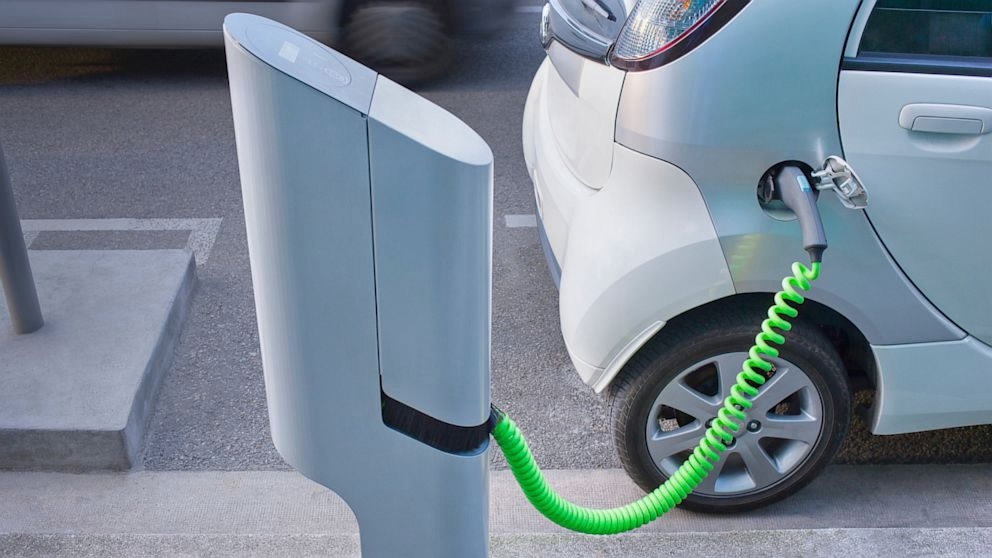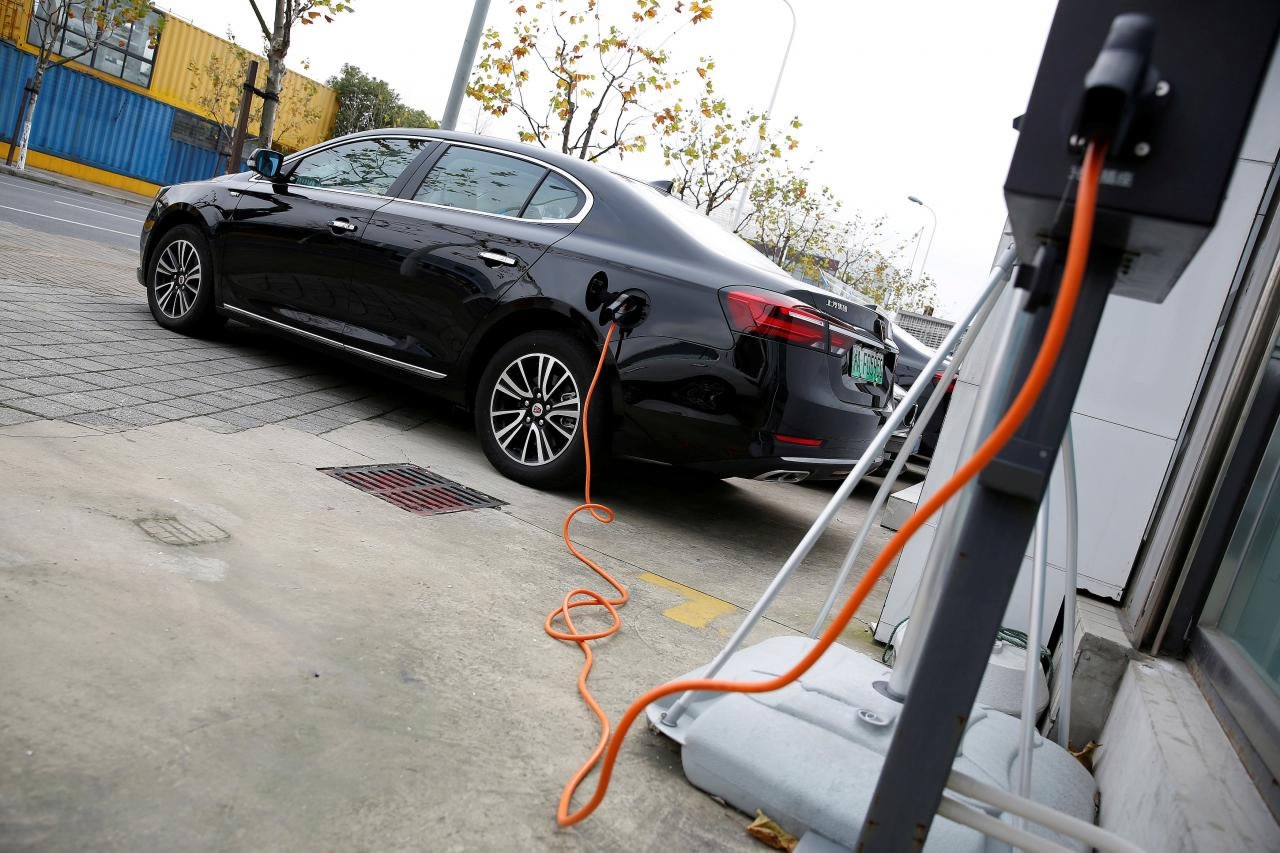
Business
15:02, 20-Dec-2017
New energy car sales up as buyers fear subsidy cut
CGTN

Chinese dealers are reporting record sales of new energy cars as buyers push to beat what they expect will be a move by government in the new year to rein in subsidies.
A total of 81,000 electric and plug-in hybrid passenger cars were sold in November, the China Passenger Car Association said on Tuesday.
That brought the rise in sales to 87 percent for the year.
The surge came as the central government is reportedly planning to slash subsidies in 2018, ending grants that energy car manufacturers and buyers have enjoyed since 2010.
"Both car makers and buyers are making the most of the current policy. You
can expect to see a hike later in December," said Cui Dongshu, the association's
secretary-general.

A Roewe 950 hybrid electric car is displayed with its plug-in charger at an electric car dealership in Shanghai, China. /Reuters Photo.
A Roewe 950 hybrid electric car is displayed with its plug-in charger at an electric car dealership in Shanghai, China. /Reuters Photo.
Shorter-range cars may be the first hit by the reduction in funding, while those with a longer range may be allotted more government spending.
The Economic Observer, a private newspaper, reported that passenger cars with a range
between 100 km and 150 km, which now receive 20,000 yuan (3,026 US dollars) in support from the government, will no longer be subsidized in 2018.
Those with a range from 150 km to 250 km will see their subsidy of
36,000 yuan cut by more than 40 percent to 20,000 yuan, but cars with a range
above 350 km will see their subsidies rise from 44,000 yuan to 50,000 yuan.
If the reports are true, a reduction in subsidies will run counter to China's previous pledge to maintain the same level of support for cleaner vehicles in 2018, reduce subsidies in 2019 to 60 percent of their level 2016, and discontinue subsidies as a whole by 2020, ending a decade of policy-driven growth.

Electric cars rolling off a Chinese assembly line. /Reuters Photo
Electric cars rolling off a Chinese assembly line. /Reuters Photo
Dong Yang, executive vice president of the China Association of Automobile
Manufacturers, wrote in an article that the cutback was probably because the
sector grew faster than expected and thus the subsidies were more than
the amount set aside in the budget.
China is home to at least 1.5 million new energy cars, according to
the association.
The Chinese government has spent 59 billion yuan
through 2015 on new energy car subsidies, and it may need to set aside 83
billion yuan more for 2016 and the current year, say reports.
Dong said the government should keep its word. "If the subsidies cannot be
issued as promised, surely the carmakers' pace of development would be disrupted and
their sales affected," he said.
China's leading new energy carmaker BYD said that cutting subsidies in 2018 may be a necessary step, as the nation prepares to implement a set of policies stipulating a minimum number of
new energy cars annually.
"It may trigger a reshuffle of the industry but with the new policy the
segment of new energy passenger cars will see greater growth potential and their
technological levels will rise as well," the company said.
Source(s): Xinhua News Agency

SITEMAP
Copyright © 2018 CGTN. Beijing ICP prepared NO.16065310-3
Copyright © 2018 CGTN. Beijing ICP prepared NO.16065310-3